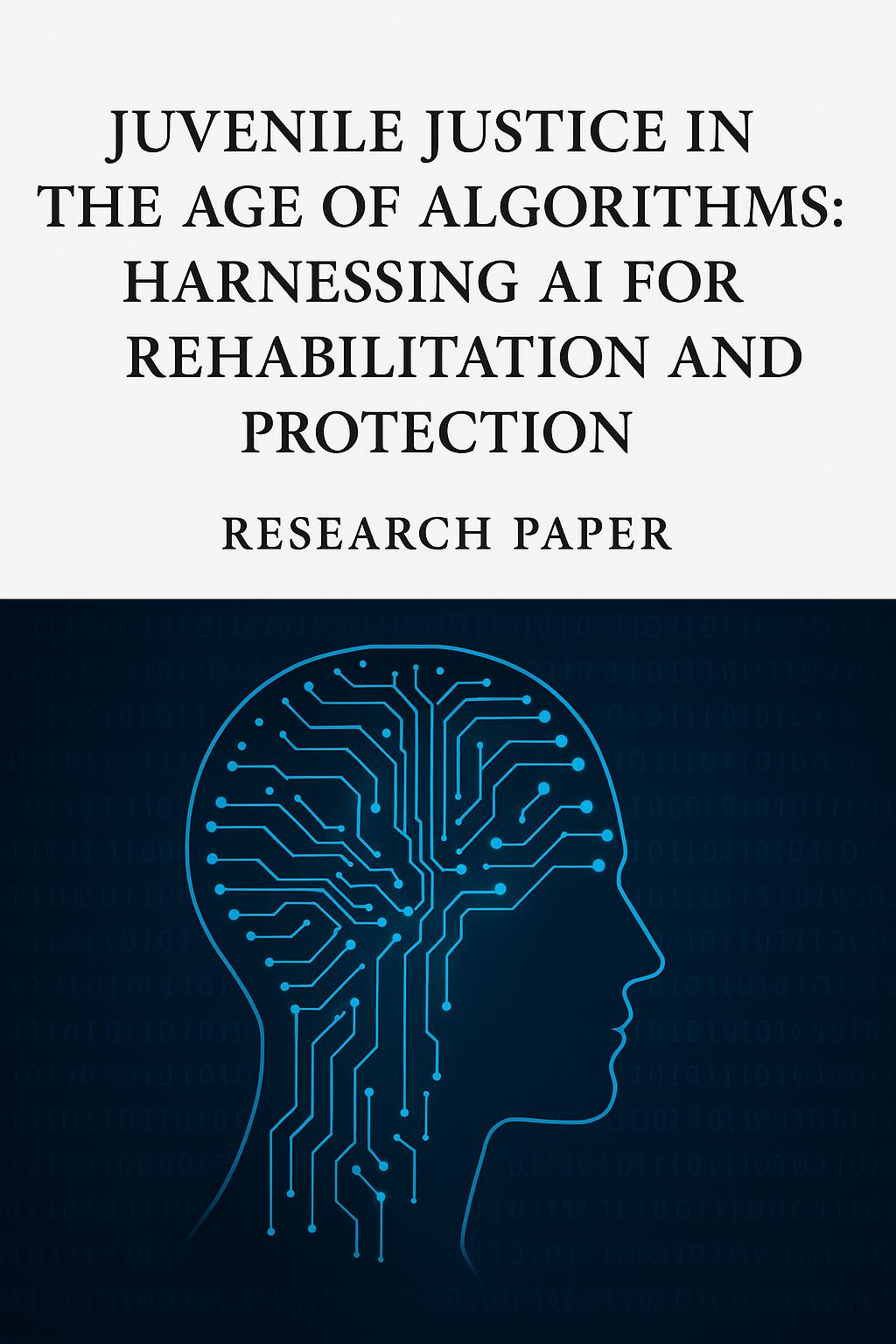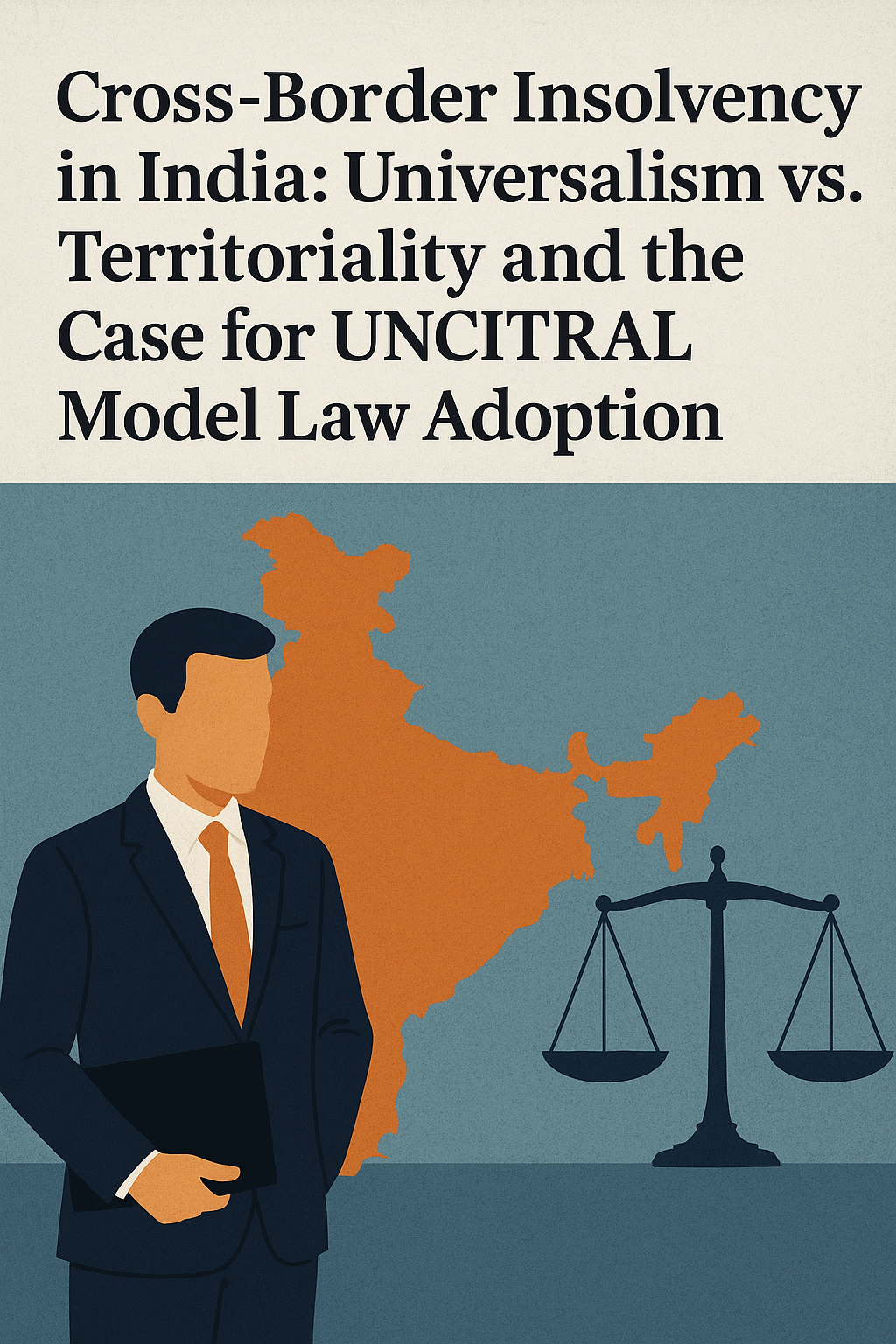By Dhruv Prashar LLB LOVELY PROFESSIONAL UNIVERSITY
“In this world nothing can be said to be certain, except death and taxes.” – Benjamin Franklin
These two quotes capture both the inevitability of taxation and its normative justification in a rule-of-law society. The emergence of Virtual Digital Assets (VDAs)—cryptocurrencies, NFTs, and similar digital tokens—has challenged traditional tax frameworks worldwide. India, responding to revenue and regulatory concerns, has adopted a strict tax regime for VDAs through the Finance Act, 2022 and subsequent amendments. This paper provides an academic analysis of the legal framework, judicial developments, policy implications, and comparative insights, with a focus on aligning taxation with principles of equity, certainty, efficiency, and convenience.
Introduction
Virtual Digital Assets (VDAs) were formally recognised under Indian law by the Finance Act, 2022, which inserted Section 2(47A) into the Income Tax Act, 1961. This statutory definition covers cryptocurrencies, NFTs, and any other digitally tradable tokens. The government’s move to tax VDAs was motivated by concerns about tax evasion, financial stability, and investor protection. However, the design of the tax regime has raised significant questions about its fairness and effectiveness.
Legal Framework
The Finance Act, 2022 introduced a comprehensive framework for VDA taxation:
• Section 115BBH imposes a flat 30% tax on income from the transfer of VDAs. Deductions for expenditure are disallowed, except for the cost of acquisition. Set-off of losses, including across VDAs, is prohibited.
• Section 194S imposes a 1% tax deducted at source (TDS) on the transfer of VDAs, effective from 1 July 2022.
• Section 56(2)(x) taxes VDAs received as gifts when their value exceeds the prescribed threshold.
While the framework provides clarity, its rigidity has drawn criticism for discouraging innovation and driving transactions to informal or offshore platforms.
Judicial Developments
Judicial intervention has shaped the contours of digital asset regulation in India. In Internet and Mobile Association of India v. Reserve Bank of India, (2020) 10 SCC 274, the Supreme Court struck down the RBI circular prohibiting banks from facilitating crypto transactions. The Court held that the circular disproportionately infringed Article 19(1)(g), recognising the legitimacy of the crypto trade in principle.
In Raunaq Prakash Jain v. ITO, ITA No. 45/Jodh/2024 (ITAT Jodhpur), the tribunal recognised Bitcoin as a capital asset and allowed exemption under Section 54F for long-term gains earned prior to the Finance Act, 2022. This decision illustrates judicial willingness to treat VDAs as genuine capital assets under existing law.
Other ITAT rulings have grappled with the classification of crypto income, with some recognising its character as speculative or business income. Together, these cases demonstrate that while the legislature has imposed a rigid framework, the judiciary continues to interpret VDAs within the broader logic of the Income Tax Act.
Union Budget 2025 Updates
The Union Budget 2025 introduced significant amendments expanding the scope of VDA taxation:
• Section 158B: VDAs are included within the definition of undisclosed income for search and seizure cases, enabling retrospective assessment for up to six years.
• Section 285BAA: Effective from April 2026, this section introduces mandatory reporting norms for VDA transactions, requiring exchanges, intermediaries, and taxpayers to disclose detailed transaction-level data.
These provisions reflect a shift toward stronger enforcement and information-gathering mechanisms.
Compliance and CBDT Data
The Central Board of Direct Taxes (CBDT) reported that approximately ₹705 crore was voluntarily disclosed as VDA income in FY 2022–23 and 2023–24. However, undisclosed income of nearly ₹630 crore was detected using data analytics, indicating persistent non-compliance. The introduction of Schedule VDA in the income tax return was intended to enhance transparency, but enforcement has been challenging. Simultaneously, the imposition of 18% GST on crypto exchange services has increased the cost burden on investors, raising questions about double taxation and policy coherence.
Comparative Insights
Globally, countries have adopted diverse approaches to VDA taxation. In the United States, the Internal Revenue Service (IRS) treats cryptocurrencies as property, subjecting them to capital gains tax. Taxpayers can offset losses against gains, thereby maintaining neutrality. The European Union’s Markets in Crypto-Assets (MiCA) Regulation, adopted in 2023, provides a harmonised regulatory framework emphasising consumer protection and transparency. Compared to these jurisdictions, India’s regime is more punitive, as it disallows loss set-off, levies a high flat tax, and imposes TDS.
Scholarly Perspectives
Recent scholarship has critically assessed India’s VDA taxation.
- Arora and Kaur (2023) argue that the classification of cryptoassets remains ambiguous, oscillating between treatment as currency, commodity, or security.
- Tarun Jain (2023) traces the policy evolution, highlighting the state’s transition from regulatory hesitation to aggressive taxation.
- Empirical studies by Gautam (Esya Centre, 2023) demonstrate that the 1% TDS has significantly reduced trading volumes on Indian exchanges, pushing users toward offshore platforms.
- Samal (2024) raises concerns about GST ambiguity, questioning whether crypto transactions should be treated as supply of goods or services.
- Kumar et al. (2025) find low levels of awareness among educated investors, with taxation perceived as overly complex and deterrent.
These insights, when combined with AI-driven comparative analysis of policy effectiveness across jurisdictions, show that India’s current model prioritises revenue certainty over equity and efficiency, creating distortions in market behaviour.
Criticisms and Challenges
The Indian VDA tax framework faces three principal criticisms:
1. Harshness of regime: A 30% flat tax without deductions or loss set-off is stricter than equity market rules, discouraging legitimate investment.
2. Compliance burden: The 1% TDS and reporting requirements increase transaction costs, reduce liquidity, and complicate compliance.
3. Regulatory arbitrage: High taxes and ambiguous GST treatment drive investors to offshore exchanges, undermining regulatory oversight.
Together, these challenges risk marginalising India’s digital asset industry instead of integrating it within the formal economy.
Conclusion
The taxation of Virtual Digital Assets under the Income Tax Act, 1961 represents India’s attempt to reconcile technological innovation with fiscal responsibility. Judicial decisions have recognised VDAs as legitimate assets, while legislative amendments reflect a trend toward stricter enforcement. However, the punitive structure of the current regime undermines investor confidence and may stifle innovation. Adopting a balanced approach—reducing TDS rates, allowing loss set-offs, clarifying GST applicability, and harmonising with global norms—would better align the tax regime with principles of fairness and efficiency. As AI and legal scholarship increasingly inform policy-making, India has the opportunity to craft a regulatory framework that secures revenue while fostering innovation in the digital economy.
“Taxes are the price we pay for a civilized society.” – Justice Oliver Wendell Holmes Jr.
References
- Internet and Mobile Association of India v. Reserve Bank of India, (2020) 10 SCC 274.
- Raunaq Prakash Jain v. ITO, ITA No. 45/Jodh/2024 (ITAT Jodhpur).
- Income Tax Act, 1961, Sections 2(47A), 56(2)(x), 115BBH, 194S.
- Finance Act, 2022.
- Union Budget 2025, Finance Bill amendments (Sections 158B, 285BAA).
- CBDT, Press Release on VDA taxation compliance (2024).
- Jyoti Arora & Lakhwinder Kaur, ‘A Study of the Indian Taxation System on Cryptocurrency,’ Gyan Management Journal (2023).
- Tarun Jain, ‘The Taxation of Cryptoassets in India: A Review of Evolving Tax Policy and Law,’ Journal of Tax Administration (2023).
- Vikash Gautam, ‘Virtual Digital Asset Tax Architecture in India: A Critical Examination,’ Esya Centre Report (2023).
- Manohar Samal, ‘Solving Challenges in the Levy and Collection of the Goods and Services Tax on Virtual Digital Assets (Cryptoassets) in India,’ Journal of Tax Administration (2024).
- Kiran Kumar M. et al., ‘Taxation of Cryptocurrencies in India: Evolving Landscape and Legal Framework,’ ResearchGate (2025).




